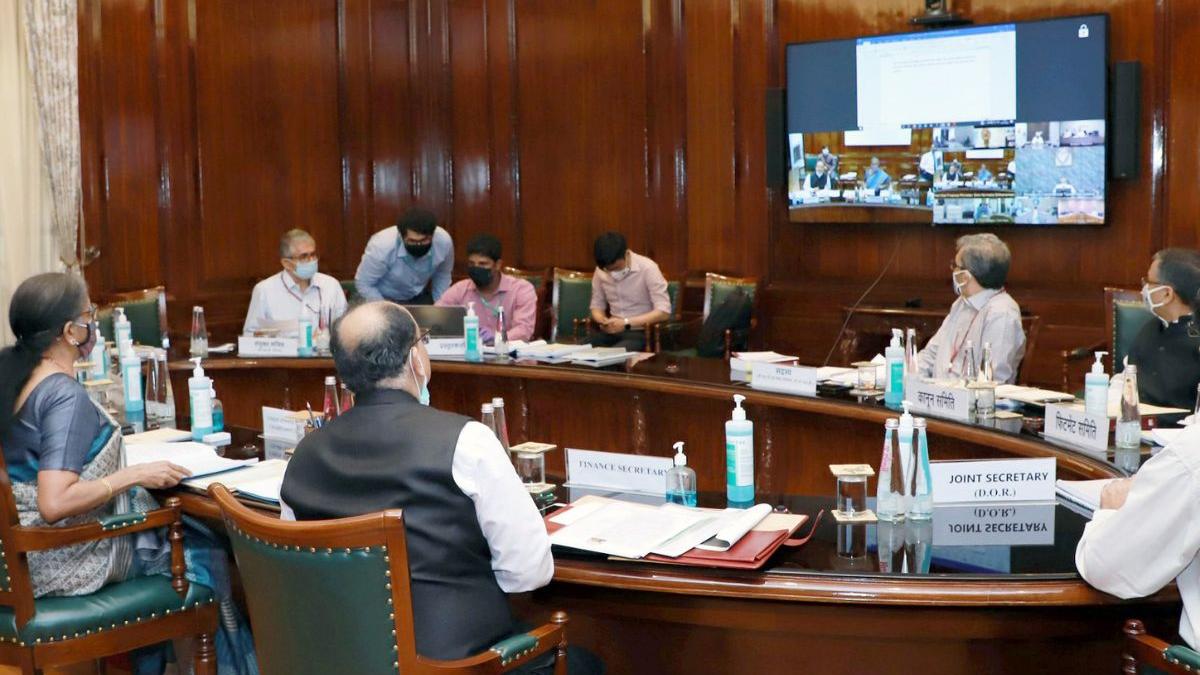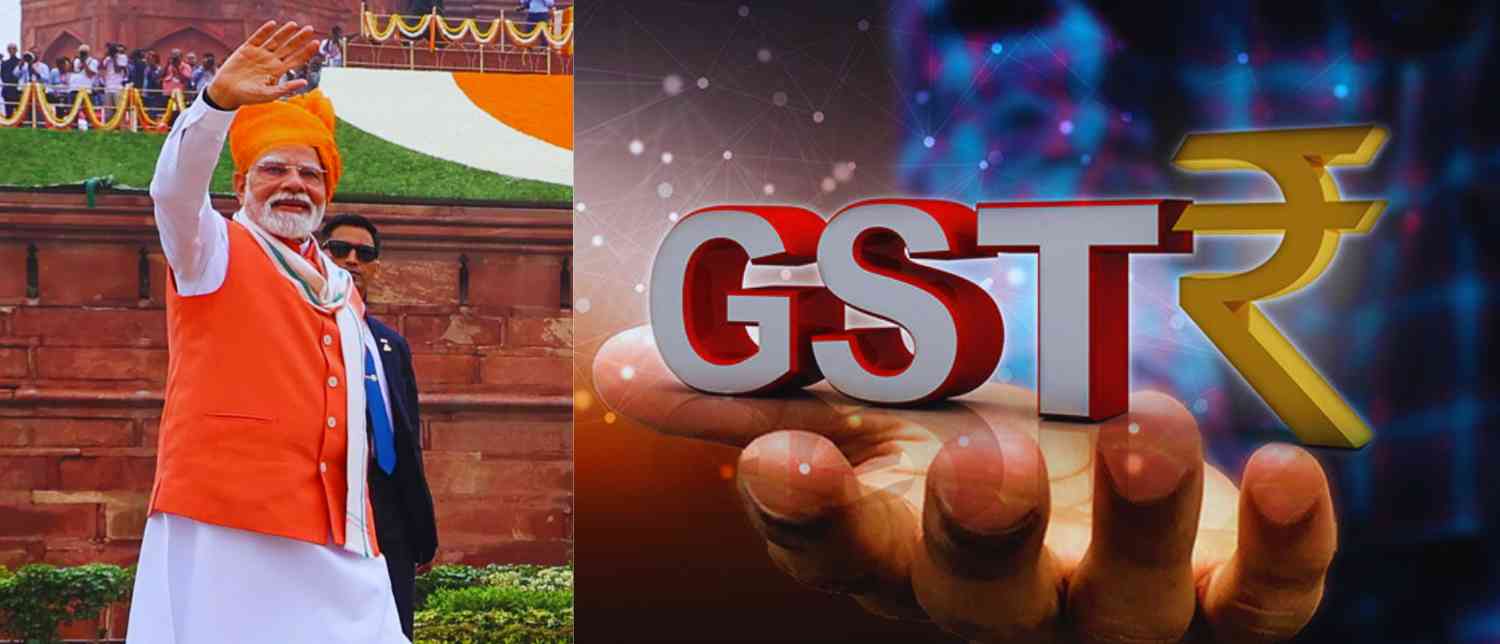The Indian government is preparing a major revamp of the Goods and Services Tax (GST) structure, aiming to simplify and rationalize the current system that has multiple tax slabs. This new plan, expected to be implemented by the end of 2025, primarily proposes to cut down the number of GST rates from the existing four main slabs (5%, 12%, 18%, and 28%) to just two general rates—5% and 18%. Additionally, a special 40% tax rate will apply only to a few luxury and sin goods.

What Changes Are Proposed?
The biggest change is the merging of several current GST slabs. Nearly all goods and services currently taxed at 12% will move into the lower 5% slab. This move aims to bring down the tax burden on many everyday and essential items such as edible oil, toothbrushes, and similar daily products, making them cheaper for consumers.
On the other hand, most items now taxed at the highest 28% slab—including consumer durables like televisions, refrigerators, air conditioners, and washing machines—are expected to move down to the 18% slab. This means these goods will become more affordable for middle-class buyers. However, the 18% slab will continue to apply to many services and electronic goods as well.
A few specific items classified as luxury or sin goods—such as tobacco products and online gaming—will face a special high rate of 40%. This rate is designed to discourage use while maintaining overall tax revenue from these products. It is reported that tobacco-related products will maintain an overall tax incidence close to the current 88%, combining GST and other levies.
What Will Get Cheaper?
-
Nearly all items currently taxed at 12% moving down to 5% could reduce prices for many household essentials.
-
Consumer durable goods currently taxed at 28% moving down to 18% could lower costs of TVs, ACs, refrigerators, and washing machines.
-
Daily use items like edible oil and personal care products may become more affordable with 5% tax rates.
What Will Get Pricier or Stay Expensive?
-
Luxury and sin goods like tobacco, gutkha, certain luxury cars, and online gaming products will be taxed sharply at 40%, making them more expensive or maintaining their high price.
-
Other goods currently taxed at 18% will move to the same slab, meaning their prices may not change significantly.
This GST revamp intends to simplify tax compliance by reducing confusion caused by multiple tax brackets and shrink the existing complexity. For consumers, it means clearer and potentially lower tax burdens on everyday products, which could increase disposable incomes and stimulate consumption.
For businesses, especially in the consumer durables and mass consumption sector, lower GST rates can improve affordability and boost demand. This could encourage production and sales growth, possibly offsetting any revenue losses from rate reductions with higher volumes.
However, there are concerns about the government's tax revenue stability. Since higher tax slabs contribute a substantial share of GST revenue (18% slab currently brings 65% of GST collections), shifting to fewer slabs might impact the government's income streams. The government expects that increased consumption driven by lower taxes will help balance this.
What Are People Saying?
Industry experts and tax analysts generally view this move as positive for simplifying the tax system and encouraging growth, especially for the middle class. Consumers welcome the expected price reductions on essential goods and household items. However, some caution about the need to carefully manage the fiscal impact and ensure the transition does not create confusion.
States and the GST Council are expected to discuss and finalize this proposal soon, with the revamped rates likely rolling out in late 2025. The government sees this as a crucial step in modernizing India's indirect tax framework while supporting economic growth and easing the tax burden on ordinary citizens.
In conclusion, the GST revamp plan signals a significant change aimed at making taxes simpler and fairer. Most daily essentials and consumer durables will likely get cheaper, while luxury and sin items will either become more expensive or remain costly. This balanced approach strives to support consumers and businesses while maintaining government revenue in a growing economy. The coming months will test how smoothly and effectively this bold reform unfolds.
With inputs from agencies
Image Source: Multiple agencies
© Copyright 2025. All Rights Reserved. Powered by Vygr Media.






















